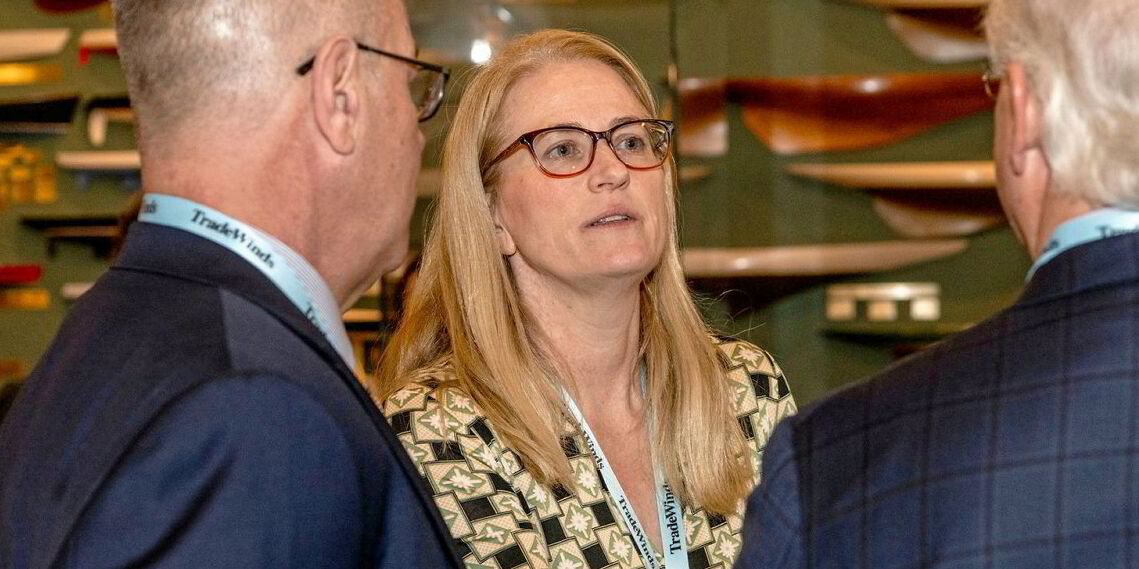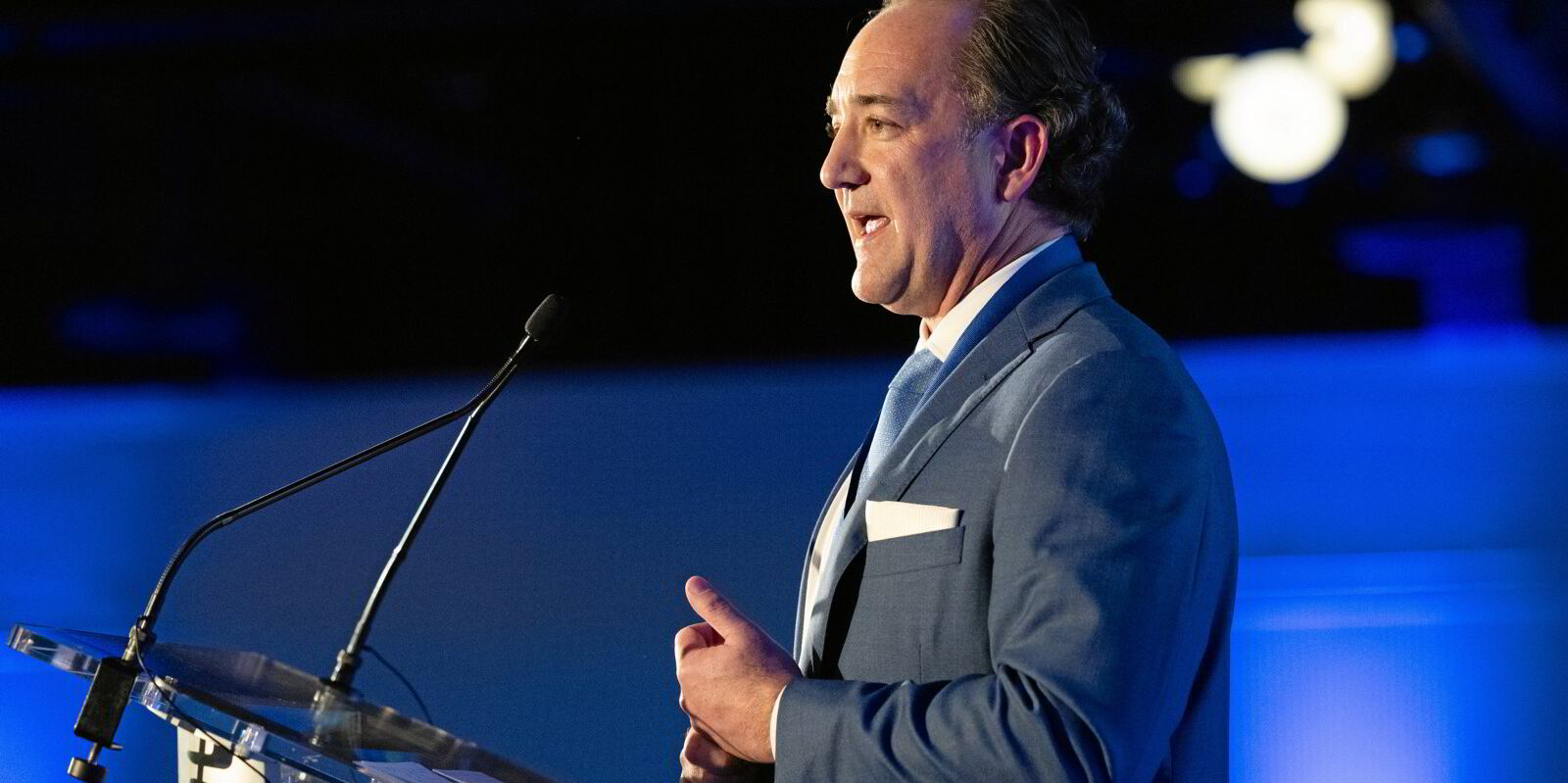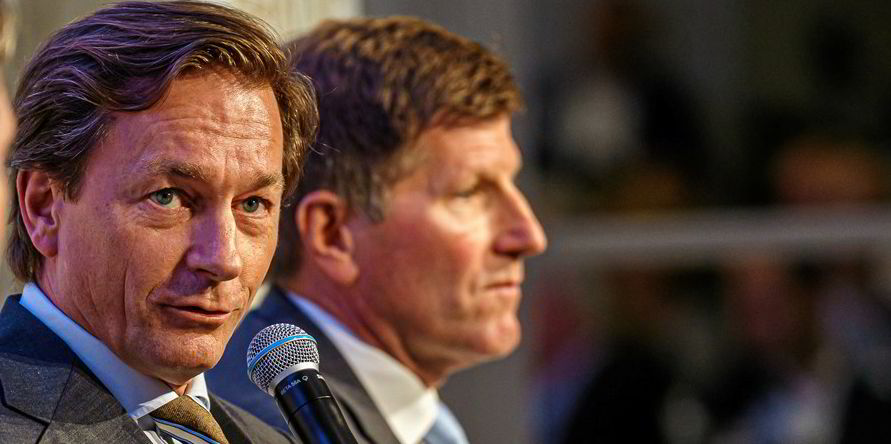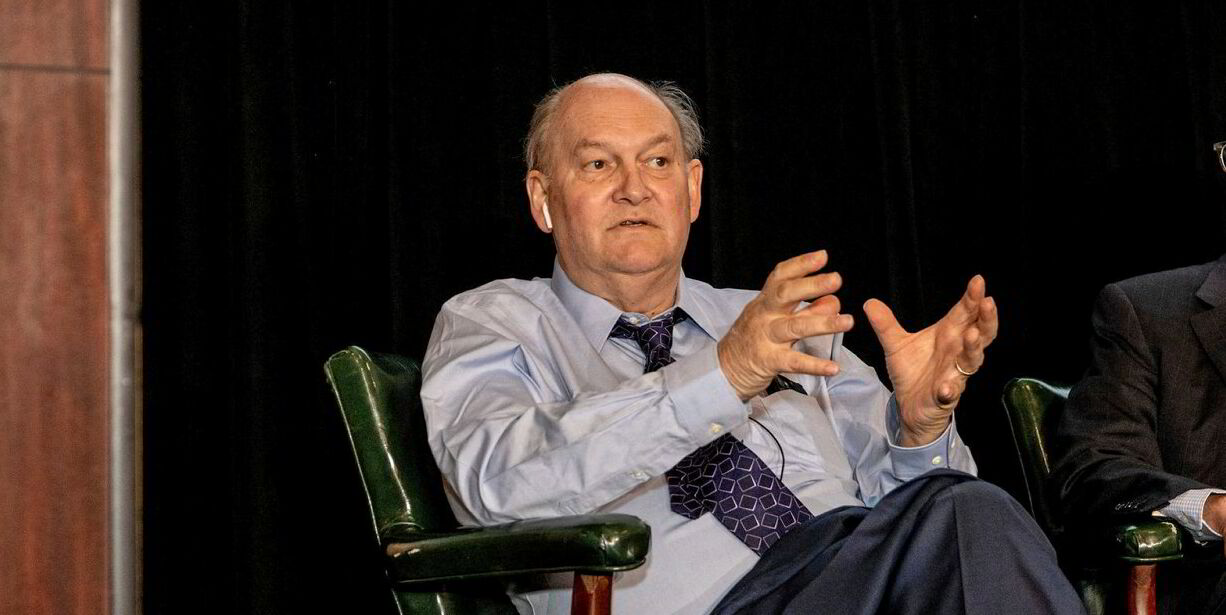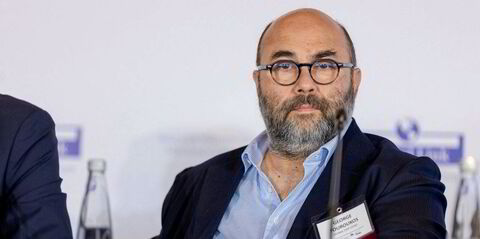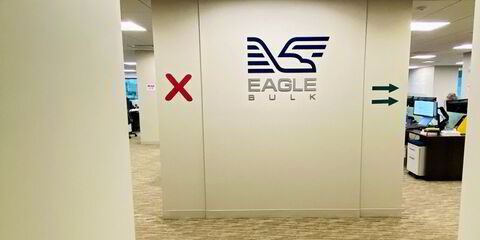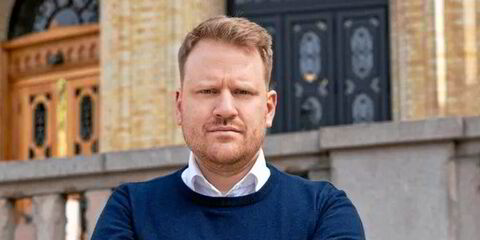Management at New York-listed International Seaways are not the types to ever describe their business approach as “boring”, paint competitors as “flashy” or lure investors with “gimmicks”.
That is not the style of chief executive Lois Zabrocky or chief financial officer Jeffrey Pribor, who use words like “balanced” and “disciplined” to describe their approach to capital allocation.
Nothing is stopping TradeWinds from using those words, and we have heard such remarks applied by some market observers. But not necessarily in a negative way.
In the car world, Seaways would never be the flashy red Ferrari, more a solid, practical sedan built for safety, but with a big engine.
When managing the balance sheet and returning capital to shareholders, Seaways does a little of everything across the market cycles.
And sometimes a lot of something, like supplemental dividends in bumper quarters. Or it might go heavy on share buybacks when the stock price badly trails net asset value.
Balanced. Disciplined. Boring, even.
But the money is flowing into Seaways shareholders even as the owner pulls levers to renew its fleet.
TradeWinds caught up with Zabrocky and Pribor for an interview in which they described their tactics.
“Our approach to capital allocation is consistent with our approach in general,” Zabrocky said. “We have a balanced approach to the whole market, so of course that would apply to making sure we’re disciplined stewards of capital.”
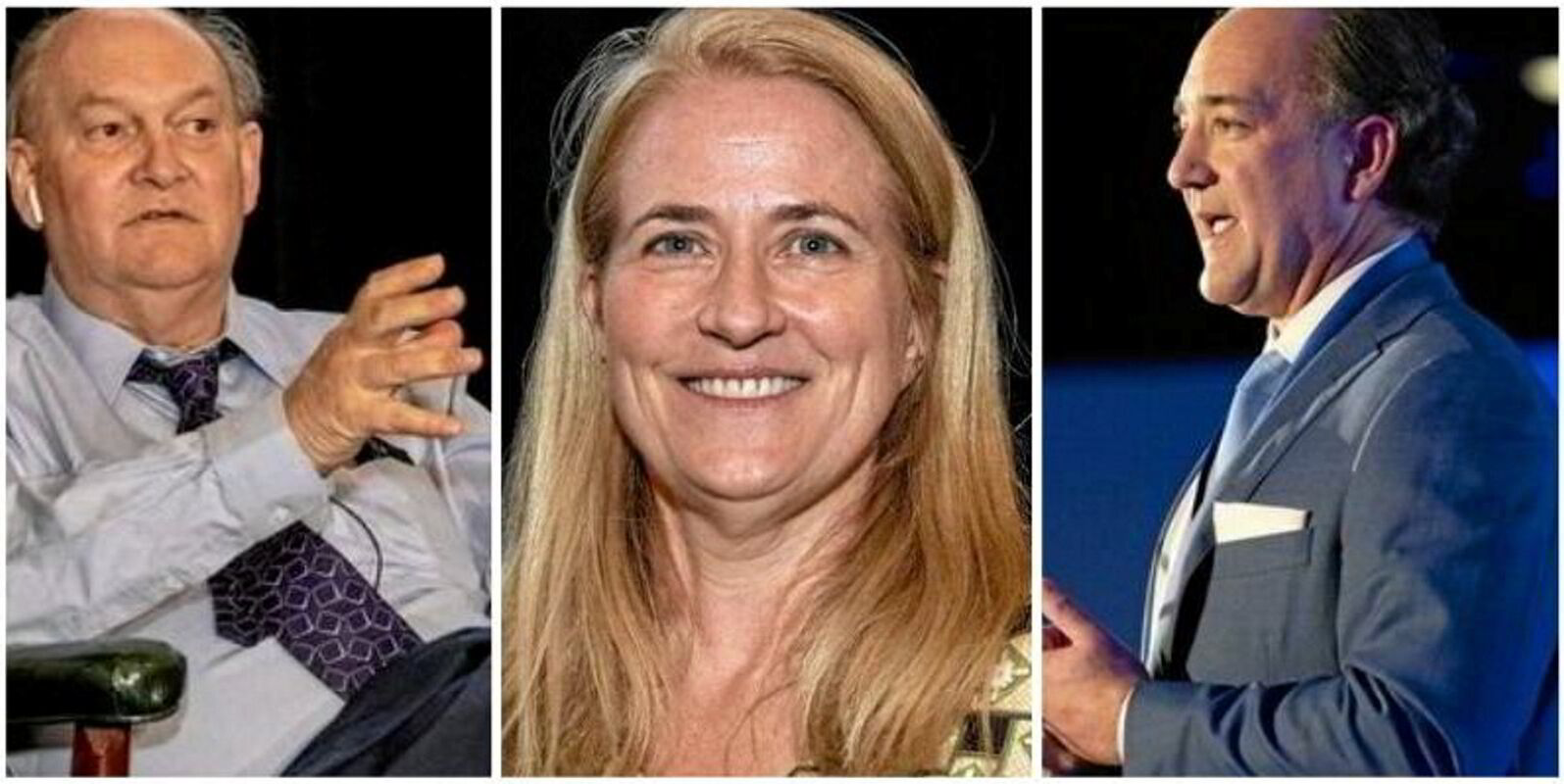
These are heady times for shipowners across multiple sectors, including the public ones.
Years into a boom cycle, rampaging cash flows have allowed owners to make early repayments on bank debt, taking leverage levels to or near record lows.
That may not be good for the lenders, but it is a great place to be for the owners.
Still, it creates a new issue for the cash-rich owners: How to deploy all that capital, including pressure to return it to shareholders.
With the annual Marine Money Week looming in New York, TradeWinds’ finance business report takes a look at how the three major Manhattan-based owners — International Seaways, Genco Shipping & Trading and Scorpio Tankers — are approaching the challenge of capital allocation.
(There is an asterisk next to Scorpio: the owner is technically based in Monaco, but its large New York office houses the president, chief financial officer and chief operating officer).
Scorpio favours share buybacks, while Genco and chief executive John Wobensmith preach the virtues of robust dividend payouts.
Seaways, meanwhile, offers a balanced approach that some might find boring, but which management says will carry the day in the long term.
Zabrocky and Pribor have been at the Seaways’ helm since the company split from the former Overseas Shipholding Group in 2016, bringing OSG’s foreign-flagged assets into the public market under a new banner.
“We’ve thought about capital allocation since those first days. It’s just that it’s taken until the past few years for the market to become good enough to supply surplus cash. That makes the focus sharper, for us and other shipowners,” Pribor said.
“We’ve chosen to pick a balanced approach. Maybe others choose to go another way, and that’s fine. We feel it’s part of our culture and we think it pays off in the long run.”
In a strong 2023 tanker market, for example, Seaways paid out $308m in a combination of regular, special or supplemental dividends. It devoted a further $14m to share buybacks.
The diversified tanker owner will have paid a further $150m in dividends by the end of June, meaning a total of $472m has been returned to shareholders since the beginning of 2023.
Share buybacks have taken a back seat. However, the company retains a $50m repurchase authorisation as an option.
Seaways shares recently were trading up about 44% on the year and 76% since the beginning of 2023.
“I’m pleased to say our share price has been converging with net asset value. That convergence to NAV makes buybacks less compelling, so we hold that option in reserve,” Pribor said.
Seaways continues to use capital to pay down debt and reduce operating costs. It prepaid $300m in incremental debt throughout 2023, lowering net debt to 14% of asset value, below the fleet’s scrap value.
At the same time, the owner continues to prioritise fleet renewal. It ordered four LR1s at South Korea’s K Shipbuilding in 2023, then declared two options earlier this year, pushing the total value of the order to $347m.
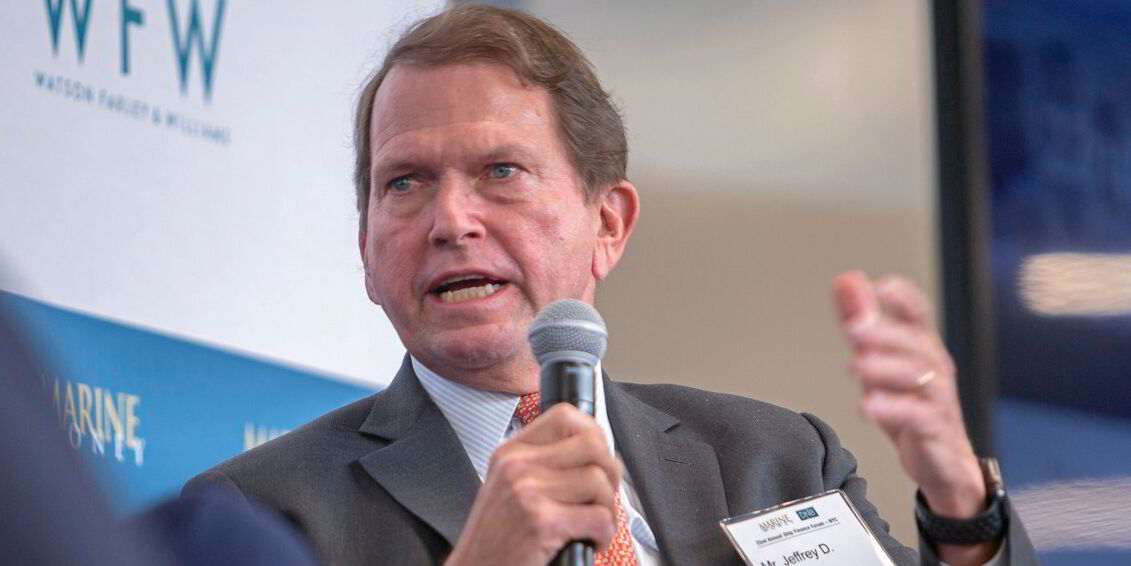
This is part of the roughly $2bn it has invested in assets, usually at low points in the cycle. The same assets are now worth about $3bn, Seaways said.
“We’re here for the long haul,” Zabrocky said. “We want to keep it moving forward in these very strong markets but also be prepared from a debt perspective for the next cycle.
“We now have the balance that we’ve worked for since the inception of the company. This is the ideal structure to give us maximum flexibility.”
The dividend part of the equation certainly has become bigger since the world’s most famous shipowner, John Fredriksen, revealed a 16% stake in Seaways in April 2022.
Of course, it can be argued that as the market kept climbing, Seaways’ balance sheet kept improving, and it was natural that it would be able to reward shareholders at a higher level over time.
But given that significant dividend payments are a trademark of Fredriksen’s public companies, one has to wonder whether his presence at minimum helped speed the process a bit.
The Seaways executives were not exactly buying into that notion.
“We take everything into consideration,” Zabrocky said.
“This is exactly what we would have done either way. But we do take every factor into consideration.”
Seaways’ market capitalisation has pushed past the $3bn mark. Its fleet of 81 is one of the more diverse among tanker peers: 13 VLCCs, 13 suezmaxes, five aframaxes/LR2s, 13 LR1s and 37 MRs.
